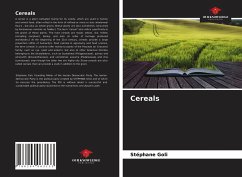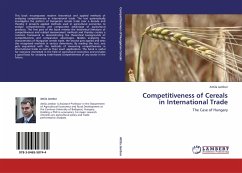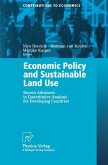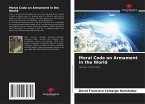A cereal is a plant cultivated mainly for its seeds, which are used in human and animal food, often milled in the form of refined or more or less wholemeal flour1 , but also as whole grains (these plants are also sometimes consumed by herbivorous animals as fodder). The term "cereal" also refers specifically to the grains of these plants. The main cereals are maize, wheat, rice, millets (including sorghum), barley, and oats (in order of tonnage produced worldwide).2 At the beginning of the 21st century, cereals provide a large proportion (45%) of humanity's food calories.In agronomy and food science, the term cereals is used to refer mainly to plants of the Poaceae (or Grasses) family, such as rye, spelt and einkorn, but also to other botanical families belonging to the dicotyledons, such as buckwheat (Polygonaceae), quinoa and amaranth (Amaranthaceae), and sometimes sesame (Pedaliaceae) and chia (Lamiaceae), even though the latter two are highly oily. Straw cereals are also called cereals that can provide a stalk in addition to the grain.
Bitte wählen Sie Ihr Anliegen aus.
Rechnungen
Retourenschein anfordern
Bestellstatus
Storno








